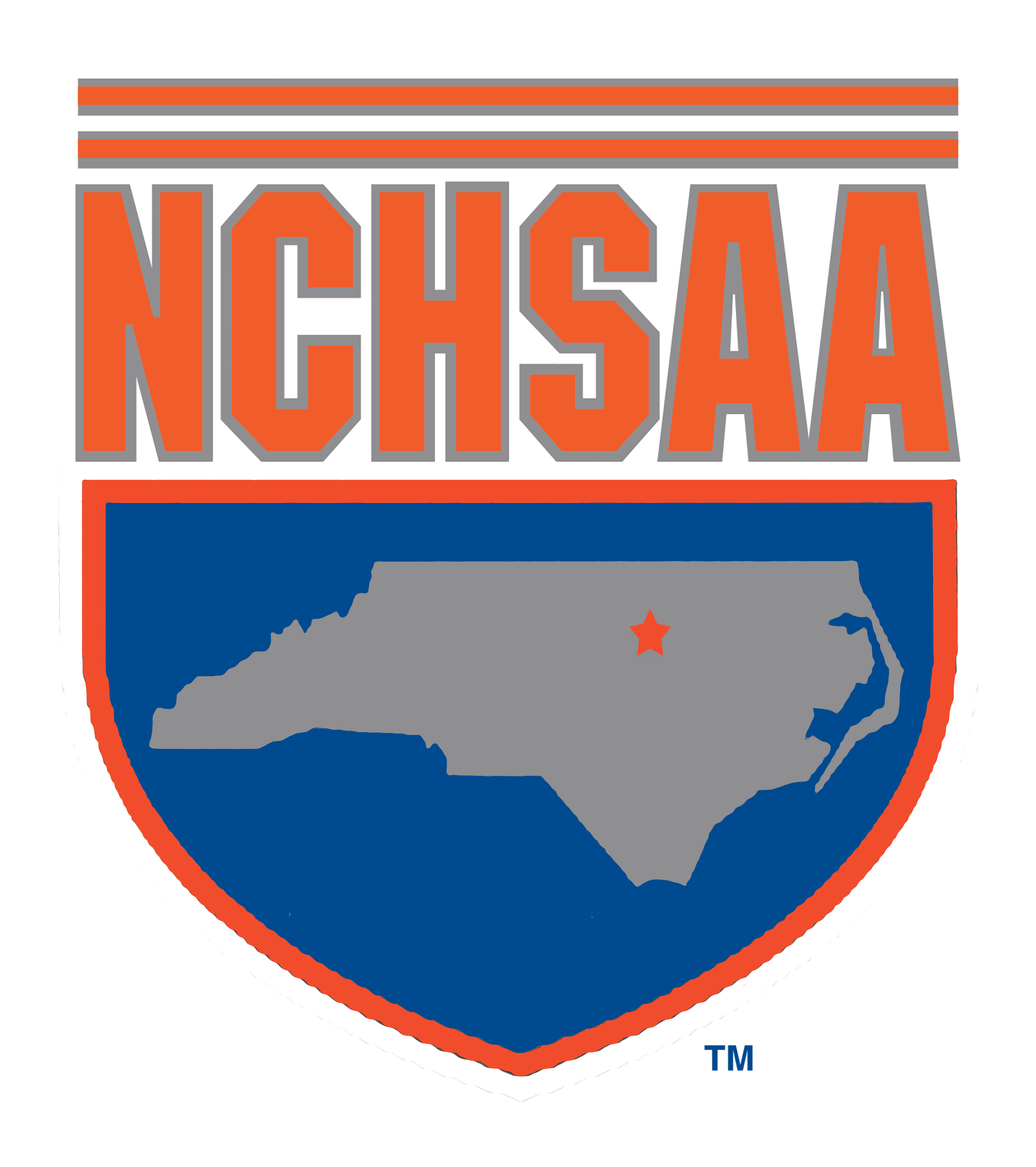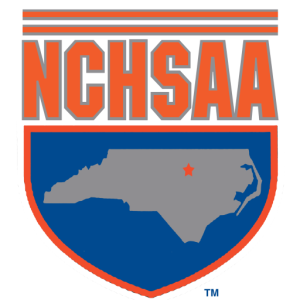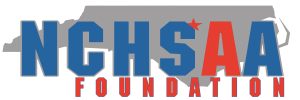National Federation Spirit Rules Changes Focus On Performing Surfaces
INDIANAPOLIS — The new high school spirit rules changes approved by the National Federation of State High School Associations (NFHS) Spirit Rules Committee at its January meeting minimize the risk potential created by certain performance surfaces, props or stunts. The changes, which were subsequently approved by the NFHS Board of Directors, will take effect with the 2011-12 school year.
One of the most significant changes deals with allowable stunts on a basketball court or track. Changes to Rules 2-6-7, 2-9-7 and 2-10-2 require that any airborne twisting, tumbling skills, basket tosses, elevator tosses or similar multi-base tosses take place only on grass (real or artificial) or a mat.
Similarly, twisting during quick/load-in tosses is restricted to grass (real or artificial) or a mat per changes made to Rule 2-10-7.
Susan Loomis, NFHS spirit consultant and liaison to the Spirit Rules Committee, said the committee is sensitive to the ever-changing skill level of the participants while keeping risk minimization in mind.
“We wanted to write the best rules we can to allow spirit teams and dance teams to show their skills, while keeping our focus on minimizing risk,” Loomis said. “I think the new rules demonstrate a continuing effort to help protect and train our cheer and dance coaches.”
Rules 2-4-6 and 3-5-9 were amended to further safety precautions. Spotters are now prohibited from holding objects in their hands and also must be present if a participant is standing on a moving flat-bottom prop that has a fabric cover.
Dance, drill and pom teams may now wear footwear that at a minimum covers the ball of the foot. A new exception also allows dancers to be barefoot if on a floor cover.
An exception to Rule 2-12-2b now allows a backward leapfrog to a prone position with two catchers and continuous hand-to-hand contact between the top person and post.
“We added the exception because we have seen that our teams are improving in skill and are able to perform certain stunts well,” Loomis said.
The final change applies to swinging stunts, which are now allowed only from cradles or the performing surface. The addition of a note to Rule 2-8-11c allows for a slight downward swing to prepare for the upward swing.
“We added the note for clarification,” Loomis said. “We realize that some extra movements are required to prepare certain stunts and wanted to make that clear in the rules book.”
The Spirit Rules Book was also reorganized to better serve the coaches and other readers, Loomis added.
A complete listing of all rules changes approved by the committee is available on the NFHS Web site at www.nfhs.org. Click on “Athletics & Fine Arts Activities” on the home page, and select “Spirit.”
Competitive spirit squads constitute the ninth-most popular activity for girls at the high school level, according to the 2009-10 High School Athletics Participation Survey conducted by the NFHS, with 123,644 participants nationwide. There are also 24,952 girls who participate in dance or drill teams, according to the same survey.


